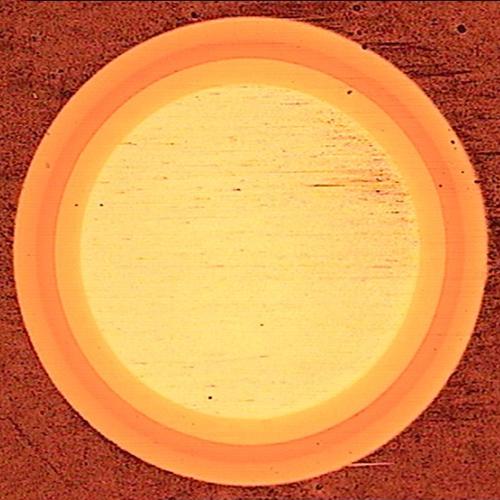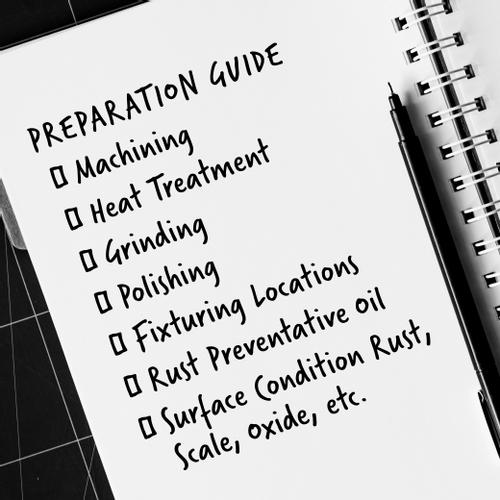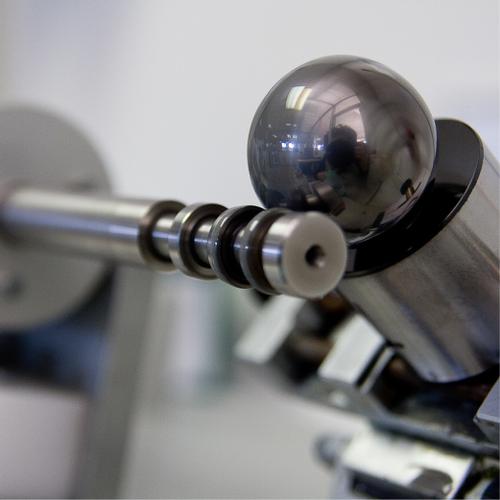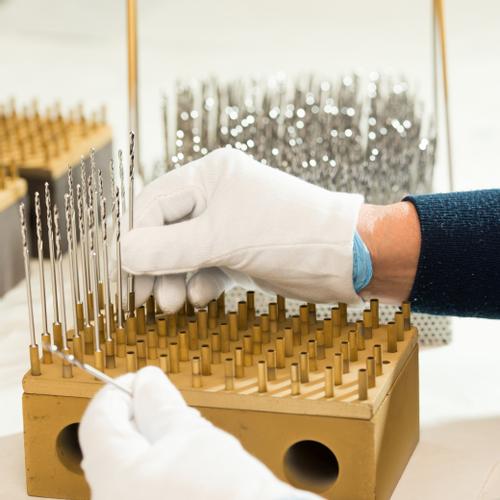Our Cathodic Arc process deposits a denser film with superior adhesion.
To achieve the best possible adhesion of the coating to the substrate's surface TS NCT uses the PVD coating process known as cathodic arc. The cathodic coating process is extremely versatile and allows monolayer, multilayer, graded or alloy films to be deposited on a variety of substrates at various processing temperatures. Although there are many different PVD coating methods being used commercially, none can provide the adhesion of cathodic arc. Because of its extremely high ionization rate, the cathodic arc process deposits a very dense film with excellent adhesion to the substrate.
For a more detailed explanation of the various PVD coating methods and the differences between the PVD and CVD coating processes, please choose the PVD coating process comparison.


Coating Systems
This photograph at left shows the inside of one of our coating systems. The intense plasma generated by the arc evaporation source continually bombards the substrates during the coating cycle. The plasma generated has a high concentration of ions which yields well adhered dense films.
Cathodic Arc Coating System
The schematic above/right represents a typical cathodic arc coating system with large area cathodes.
SEM Photo of a Cathodic Arc Deposition
The SEM photo at right shows a dense well adhered film deposited using a cathodic arc system.
NCT's coatings can be applied at various substrate temperatures. We currently offer our 500 degree Fahrenheit low temperature process and our standard process that operates at 800 degrees Fahrenheit. The coating is deposited 2 to 5 microns thick and our system design allows components to be placed within the coating fixture easily.
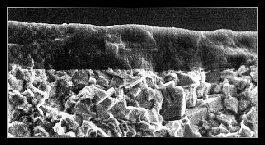
Large area cathodes provide excellent coating uniformity for repeatable consistent results. A typical coating process consists of placing the product into the chamber, pumping it down to the desired vacuum pressure and starting the preheating cycle. After the heating cycle is complete, the ion bombardment cycle begins. This cleans the substrate's surface prior to depositing the coating.
After the ion bombardment cycle is complete, the coating cycle begins. The cathodic arc process evaporates the material from the target. As this material is evaporated, a very high percentage of it is ionized. An electrical charge is applied to the substrate, which draws the ions to the substrate's surface. The evaporated material reacts with the gas that is emitted into the chamber to form the desired coating. The coating cycle continues until the desired coating thickness has been deposited. The substrate is allowed to cool and is removed from the chamber.


